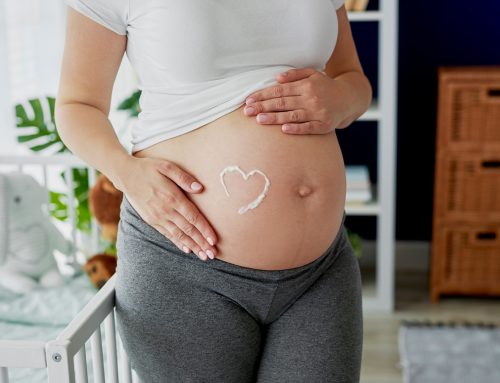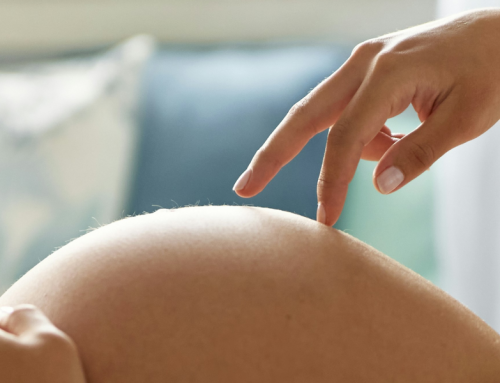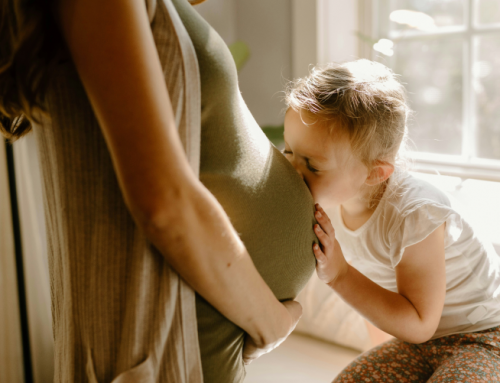More and more women over 40 are deciding to become mothers for the first time, or again, but what are their chances? Many succeed without difficulty, and most pregnancies have a good outcome, however, the biological clock ticks faster than the social clock. Female biology moves along different paths and at different paces.
When a woman aged over 40 decides to become a mother, she faces the limitations of her own body: aging reproductive organs, which may mean a low ovarian reserve. Becoming a mother after 40 is possible, and we will explain below in detail how it can be achieved.
Is it possible to get pregnant naturally at 40?
While fertility naturally decreases as we age, with the decline starting around the age of 30 to 35, it is possible to get pregnant without intervention over 40. However, the chances of getting pregnant naturally after 40 are lower compared to earlier reproductive years. Check out our Timefreeze fertility calculator.
There are alternatives available to increase these probabilities; getting pregnant at 40 is not impossible, though it may take longer. That’s why, at this age, we recommend you seek professional help if you’ve been having unprotected sex for 6 months with no success.
What is the probability of pregnancy at 40 with assisted reproduction treatment?
Medicine is relatively recent in this field, having only developed over the past 40 years; the birth of the first child from assisted reproduction techniques was in 1978. In answer to the question above, each type of assisted reproduction treatment offers different probabilities.
Except in the case of egg donation, a patient’s age is the determining factor as, after the age of 35, the reproductive potential of a woman’s eggs decreases rapidly. Currently, the most studied and commonly used options are artificial insemination (AI) and in vitro fertilization (IVF). Let’s take a closer look at each.
Artificial insemination
Artificial insemination is the least complex treatment, usually recommended for women under 40, and involves previously selected sperm being introduced directly into the uterus at the most appropriate moment to increase the chances of pregnancy. This treatment offers optimal pregnancy rates up to the third or fourth attempt.
Artificial insemination can be performed with donor sperm or a partner’s sperm. In the case of artificial insemination with donor sperm, the sample comes from a carefully selected anonymous donor who has undergone a thorough study. In women under 40, the probability of clinical pregnancy (confirmed by ultrasound at 6-7 weeks of gestation) after one attempt is between 21% and 24%, and after three attempts, it ranges between 46% and 56%. In women over 40, the probability is 15% after the first attempt and rises to 26% after three attempts.
In the case of artificial insemination with a partner’s sperm, the selected sperm comes from the partner, and the results also depend on age, with an average clinical pregnancy rate per attempt of 14%.
In vitro fertilization
Most in vitro fertilization (IVF) treatments achieve a substantial improvement in the pregnancy rate. In this procedure, you can choose to perform IVF with donor eggs or your own, and in both cases, the likelihood of becoming pregnant increases with the number of embryo transfers.
Embryo transfer is the final step in an IVF treatment. Once the eggs (either from a donor or your own) have been fertilized in the laboratory with sperm (either from a donor or your partner), and embryos have been generated, it’s time to introduce them into the uterus of the future mother.
When donor eggs are used, the probability of pregnancy is highest if all embryos generated from three consecutive egg donation cycles are transferred, with a cumulative clinical pregnancy rate of 97% after three donation cycles. If embryos generated from a single donation cycle are transferred, the clinical pregnancy rate is 69%.
When a treatment is carried out using donor eggs, the age of the woman who wishes to become a mother is not a determining factor, as we use eggs from women under 35 years old who have undergone multiple medical and genetic tests.
When using your own eggs, pregnancy rates are directly linked to your age. The cumulative clinical pregnancy rate (achieved after transferring all embryos generated after an egg retrieval) is 73% in women under 35, but gradually decreases to 12-27% in women over 40.
Are there risks involved in getting pregnant at 40?
Pregnant women of an advanced age tend to have more health problems than younger women. In this sense, the risks of getting pregnant at 40 are mainly related to two common complications: diabetes and hypertension. In this case, they are called “gestational diabetes” and “pregnancy-induced hypertension.”
Both risks increase with maternal age. In some cases, the risk is higher if pregnant women are overweight, obese, or have other health problems that can lead to pregnancy-induced hypertension (preeclampsia), a condition characterized by the sudden onset of high blood pressure and signs of organ damage during pregnancy. If not treated by doctors, these complications can cause severe problems for the mother or baby.
For the baby, if you get pregnant at 40, there is an increased risk of:
- Higher birth weight (macrosomia): The probability increases with maternal age.
- Placenta previa: This occurs when your baby’s placenta partially or completely covers your cervix, the area of the uterus through which the baby exits. With this condition, you may bleed more during pregnancy and childbirth.
- Miscarriage: You’re more likely to have a miscarriage if you’re older. At the age of 40, 27% of pregnancies end in miscarriage, compared to 16% in women aged under 30.
- Cesarean section: If you are 40 or older, you’re more likely to have a cesarean than a vaginal delivery.
- Down’s syndrome: The risk of having a child with Down’s syndrome increases with age. At 20, 1 in 1480 children will be born with the condition. But at 40, this risk rises to 1 in 85. At 45, the risk is 1 in 35.
However, with good health monitoring from the outset, we can diagnose these complications in time. By closely monitoring blood glucose (sugar levels) and blood pressure and adopting healthy lifestyle habits, these complications can be prevented.
In conclusion, thanks to advances in reproductive technology, delayed motherhood is becoming increasingly popular. Women of today have more freedom and resources than ever to become mothers when they feel ready. However, it’s important to consider the limitations mentioned above.
With a solid support network, financial stability, and access to medical care, women over 40 can safely and confidently experience the joys of motherhood.
If you’re thinking of starting assisted reproduction treatment, we invite you to contact us with no commitment, and we will explain everything you need to know to feel confident before beginning this journey.





